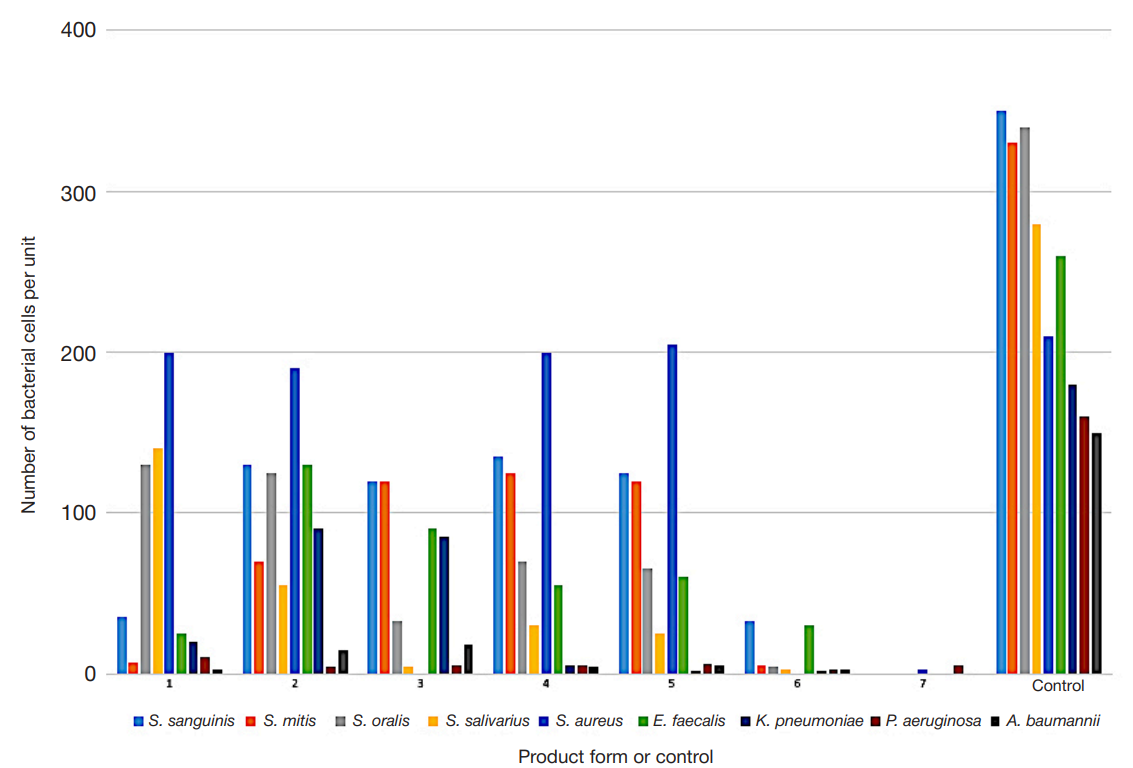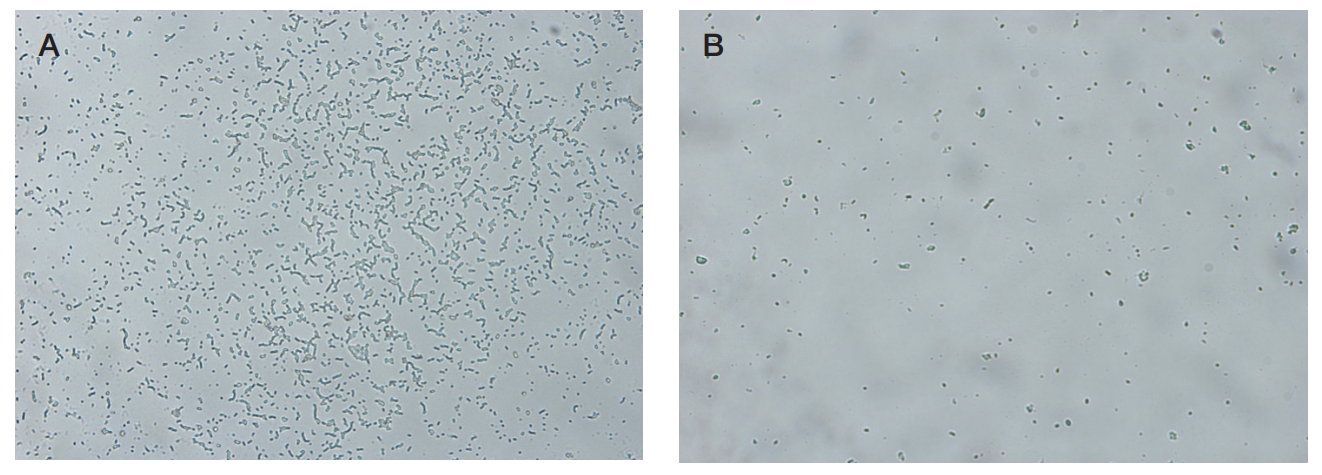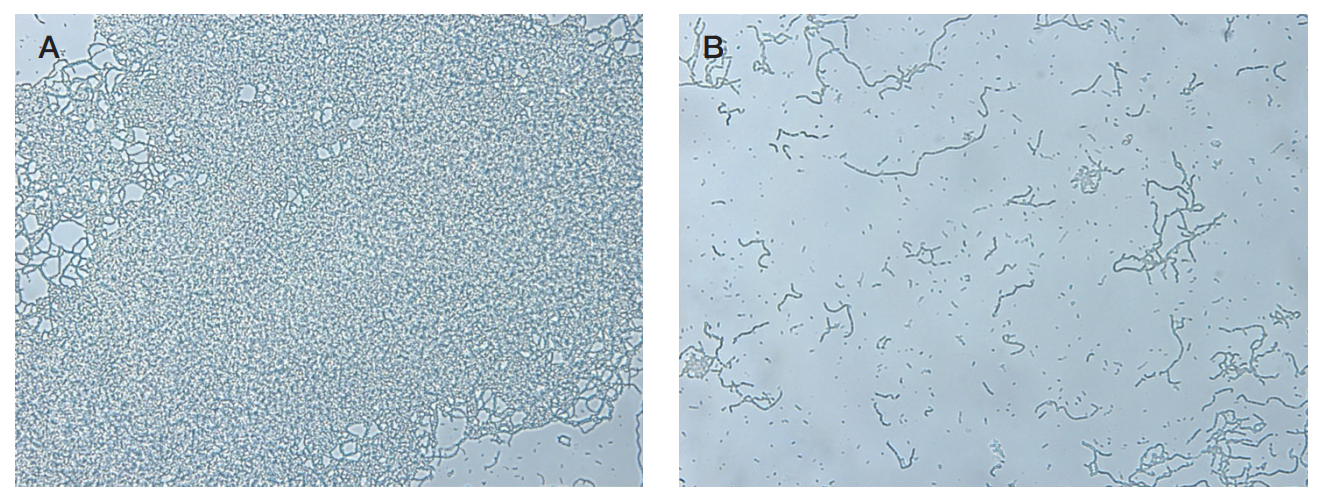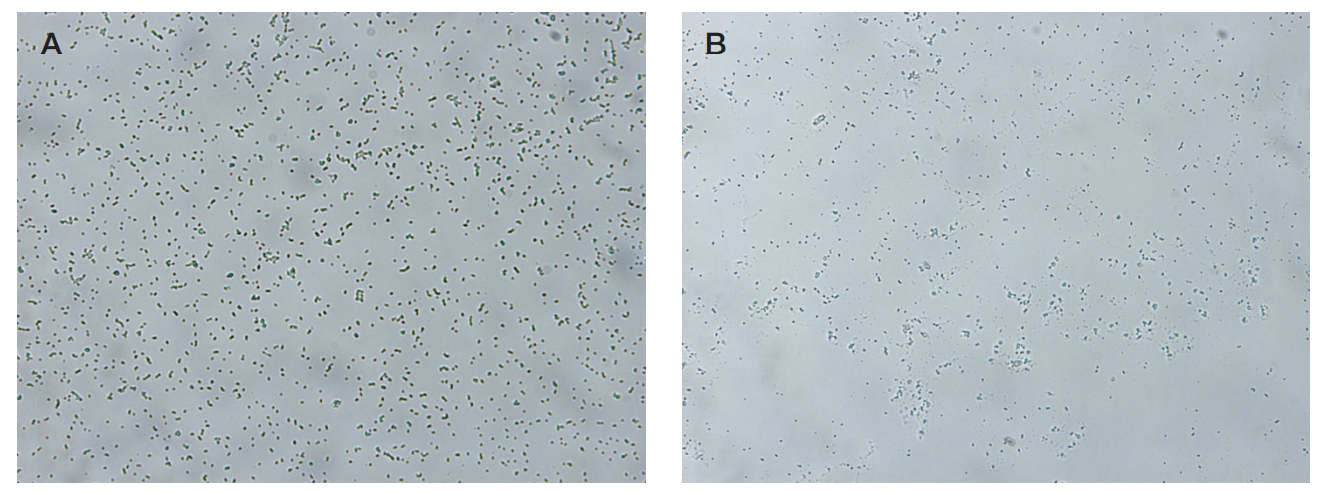
This article is an open access article distributed under the terms and conditions of the Creative Commons Attribution license (CC BY).
ORIGINAL RESEARCH
Antibacterial, anti-adhesive and anti-biofilm-forming activity of plant complexes against periodontopathogenic bacteria in vitro
1 Samara State Medical University, Samara, Russia
2 Military Medical Academy named after S.M.Kirov, St. Petersburg, Russia
3 Saint-Petersburg Pasteur Institute, St. Petersburg, Russia
4 ROMASHKA dental shop, department of scientific research, St. Petersburg, Russia
5 Pirogov Russian National Research Medical University, Moscow, Russia
6 Korolev Samara State University, Samara, Russia
Correspondence should be addressed: Alexey N. Sharov
Nevsky Prospekt, 46, Saint Petersburg, Russia; ur.xelavorahs@em
Acknowledgements: authors thank SS Astashova, illustrator with the Academy of Chlorophyll and Aspen Bark journal, for preparing photos and tables for this publication.
Author contribution: Kraeva LA, Khamdulayeva GN, Nosova MA — concept and design of the study; Latif II, Sharov AN — literature analysis, data collection and processing; Kraeva LA — statistical processing; Kraeva LA, Sharov AN, Latif II — manuscript drafting; Kopetsky IS, Eremin DA, Postnikova EV, Postnikov MA — editing.
Compliance with ethical standards: the study was approved by the Samara State Medical University's Ethics Committee (Minutes # ... of January 10, 2022)






